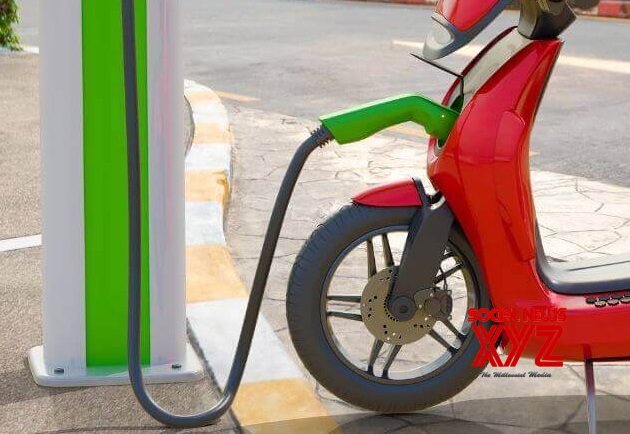India is focusing on sunrise sectors such as Electric Vehicles (EVs), renewable energy, and semiconductors as it aims to become a $5 trillion economy by 2025. The government has allocated a corpus of Rs 1 lakh crore to provide long-term, interest-free financing for the tech-savvy youth, which is crucial for supporting innovation and growth in these industries.
Finance Minister Nirmala Sitharaman, while presenting the Interim Budget in the Lok Sabha, stated that this corpus will offer “long-term low or nil interest rates so that the youth can innovate at scale.” The aim is to encourage the private sector to scale up research and innovation in sunrise domains.
The Director General of the Cellular Operators Association of India (COAI), Lieutenant-General Dr SP Kochhar, believes that the interest-free loans and focus on deep technology will further incentivize the private sector to invest in research and innovation. Ankur Bansal, Co-Founder and Director of BlackSoil Capital, also sees this move as a way to encourage entrepreneurship and attract investment from the private sector and foreign investors.
The government is not only focusing on EVs but also on clean energy. The EV ecosystem will be expanded and strengthened through support for manufacturing and charging infrastructure. However, industry experts point out that there is still a long way to go in building a comprehensive EV charging infrastructure in India. The ratio of EVs to charging stations is currently 9:1, while the ideal ratio should be 4:1. Therefore, efforts are needed to make charging infrastructure accessible throughout the country.
The government’s emphasis on green energy and sustainability is also reflected in the announcement of a new scheme for bio-manufacturing and bio-foundry, which will foster sustainable mobility. This scheme aims to provide environment-friendly alternatives such as biodegradable polymers, bio-plastics, bio-pharmaceuticals, and bio-agri-inputs.
In order to achieve the target of net zero carbon emissions by 2070, there is a strong focus on expanding solar energy, biofuels, and charging infrastructure. This will create a need for green skills and contribute to the country’s green industrial and economic transition.
Overall, the government’s renewed focus on EVs, renewables, semiconductors, and other sunrise sectors is expected to drive innovation, attract investment, and propel India towards its economic goals.




